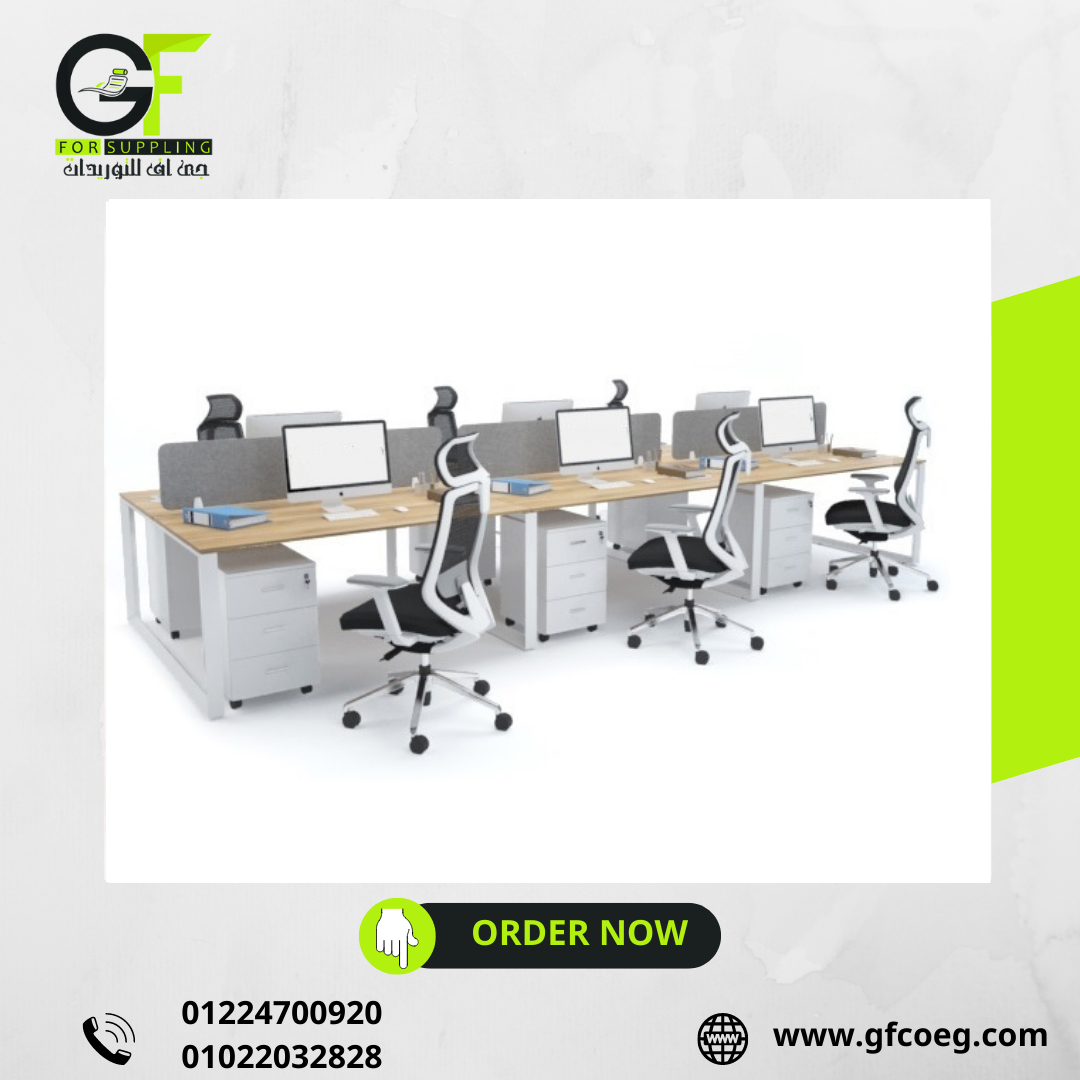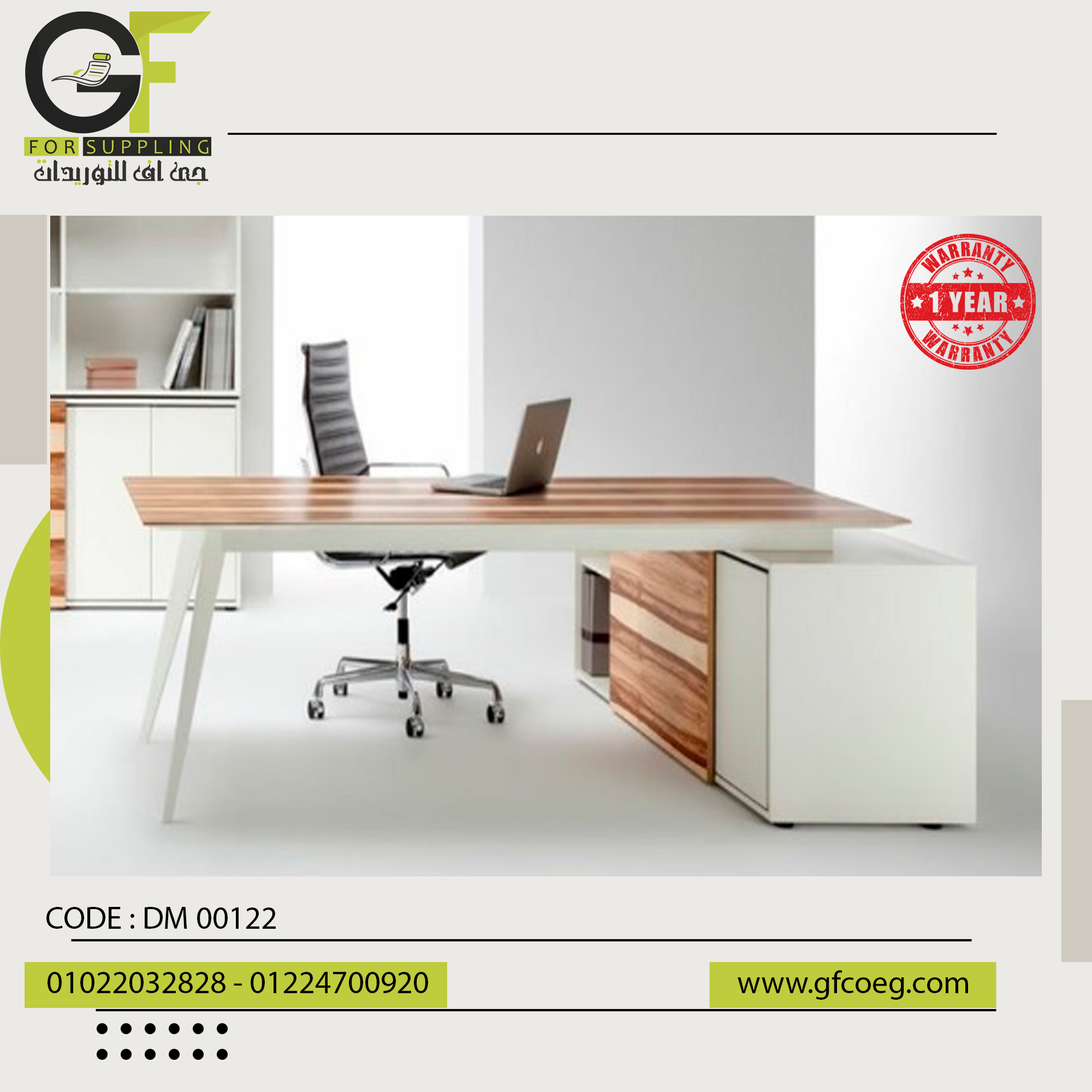In recent years, there has been a noticeable evolution in the approach to interior design within administrative institutions. Gone are the days of bland, uninspiring office spaces; instead, there is a growing recognition of the impact that well-designed environments can have on employee productivity, creativity, and overall satisfaction. In this article, we will explore the trends and advancements in interior design within administrative institutions, and how they are shaping modern work environments.
Collaborative Spaces:
One of the most significant changes in interior design within administrative institutions is the emphasis on creating collaborative spaces. Traditional cubicles and closed-off offices are being replaced with open-plan layouts that encourage teamwork, communication, and idea-sharing. Collaborative areas equipped with comfortable seating, whiteboards, and technology integration are becoming essential features in modern office designs, fostering a culture of collaboration and innovation.
Flexible Workstations:
Another notable trend in interior design for administrative institutions is the incorporation of flexible workstations. With the rise of remote work and flexible scheduling, employees are no longer tied to traditional desk setups. Instead, offices are adopting adjustable desks, modular furniture, and ergonomic seating options that accommodate different work styles and preferences. This flexibility not only promotes employee comfort and well-being but also enhances productivity by allowing individuals to choose the environment that best suits their tasks.
Biophilic Design:
Biophilic design, which seeks to incorporate elements of nature into the built environment, has gained popularity in administrative institutions. Greenery, natural light, and organic materials are being integrated into office spaces to create a connection with the outdoors and promote a sense of well-being among employees. Living walls, indoor plants, and large windows are common features in modern office designs, enhancing both the aesthetic appeal and the environmental quality of the workspace.
Technology Integration:
The advancement of technology has also significantly influenced interior design in administrative institutions. Offices are now equipped with state-of-the-art technology to support collaboration, communication, and productivity. From interactive displays and video conferencing systems to smart lighting and sound masking solutions, technology integration is essential for creating modern, efficient work environments that meet the needs of today’s digital workforce.
Employee-Centric Design:
Finally, interior design in administrative institutions is increasingly focused on creating spaces that prioritize employee well-being and satisfaction. Amenities such as wellness rooms, fitness centers, and communal areas for relaxation and socialization are becoming standard features in office designs. Additionally, attention is being paid to factors such as acoustics, temperature control, and ergonomic design to ensure a comfortable and conducive work environment for all employees.
In conclusion, the evolution of interior design in administrative institutions reflects a shift towards creating dynamic, collaborative, and employee-centric work environments. By embracing trends such as collaborative spaces, flexible workstations, biophilic design, technology integration, and employee-centric design principles, administrative institutions can enhance productivity, creativity, and overall satisfaction among their workforce, ultimately leading to greater success and competitiveness in today’s fast-paced business landscape.








